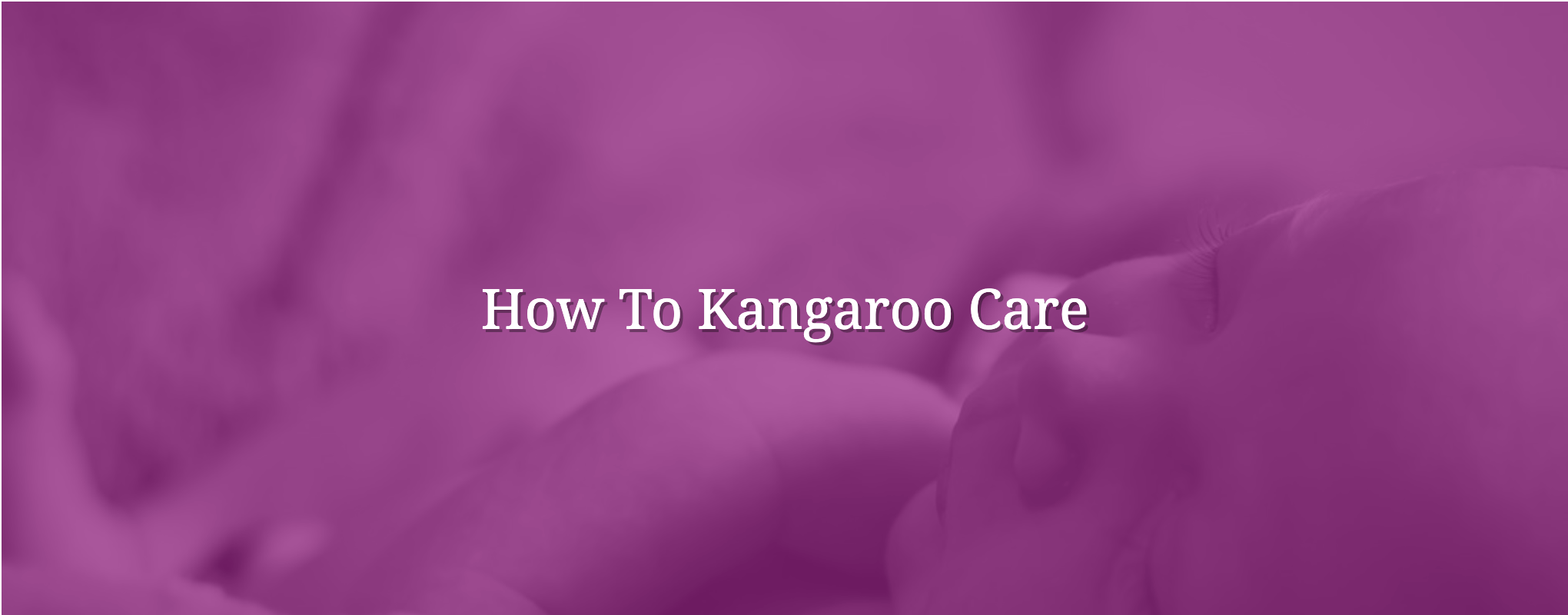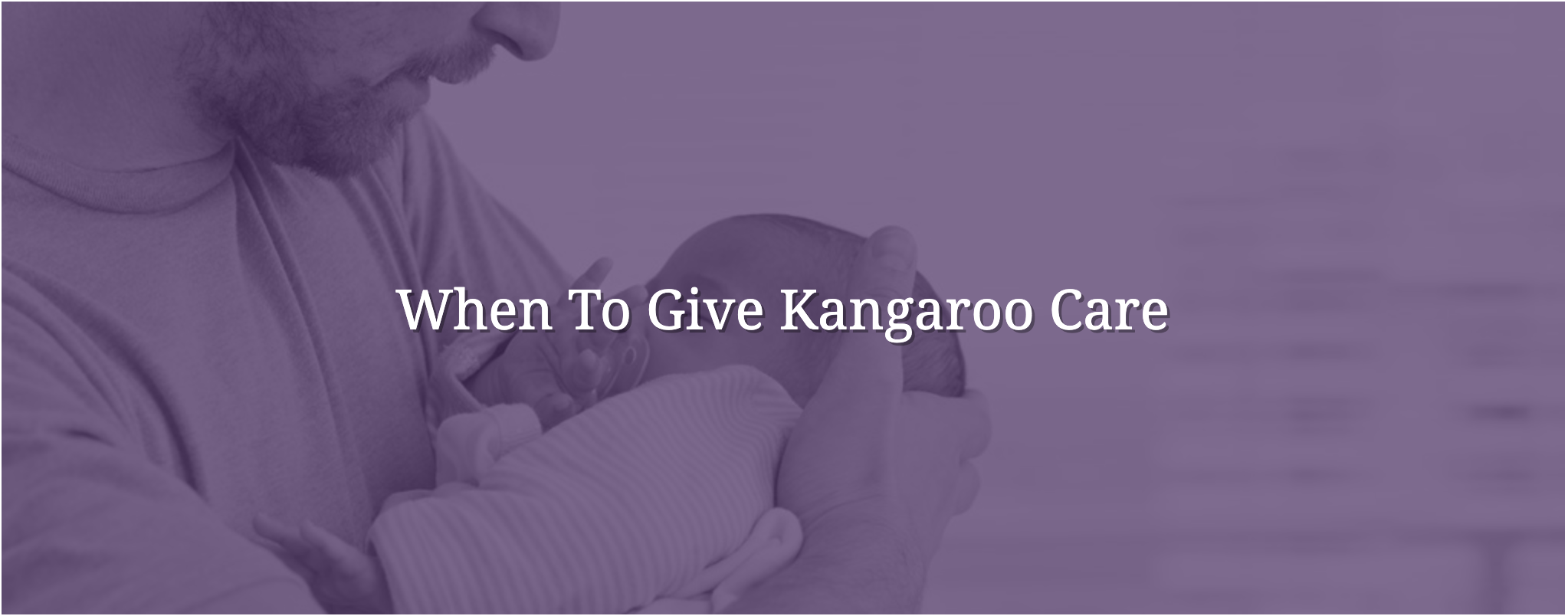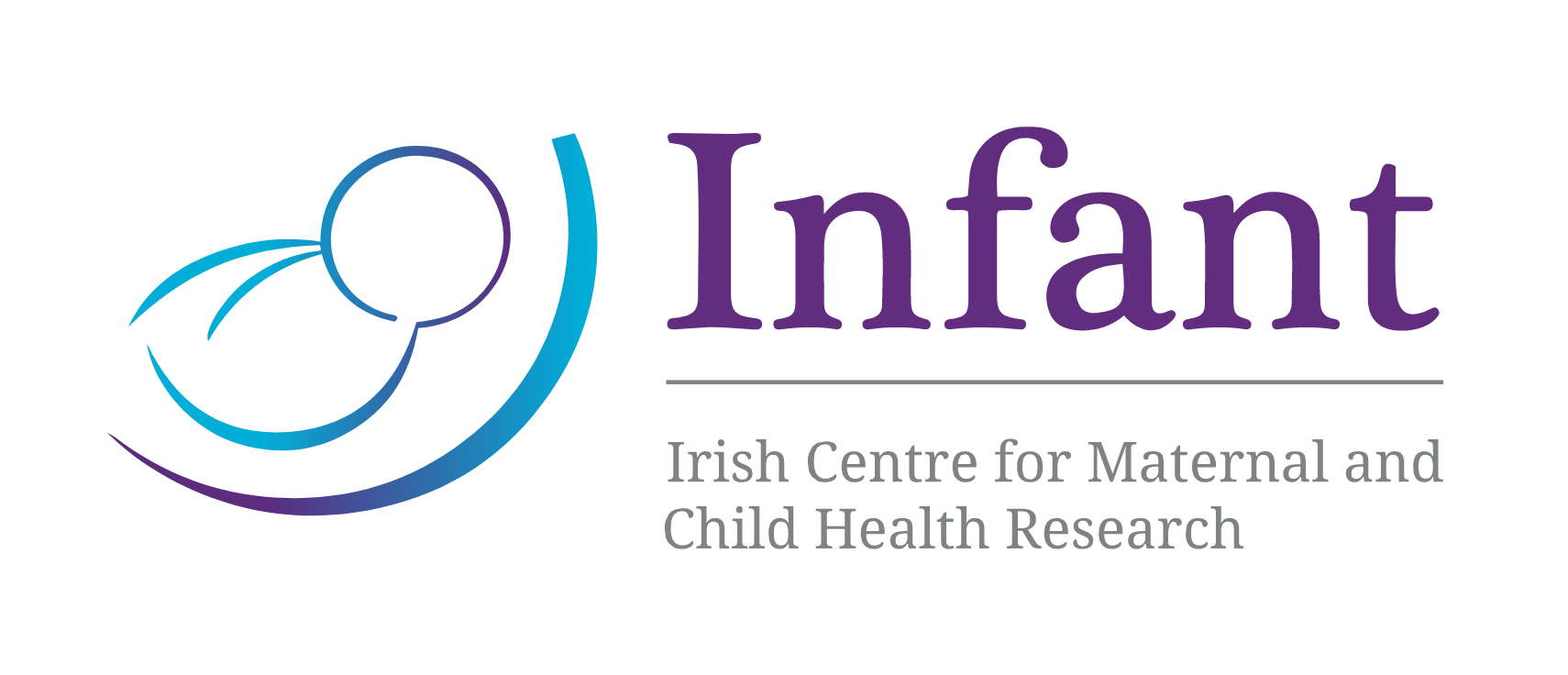Kangaroo Care
Kangaroo care is another form of positive touch where a baby is placed inside the parent’s clothes to their chest, with skin-on-skin contact. Preterm babies sleep very well in this position and can even be tube-fed there. In general, the baby is naked except for their nappy and, if necessary, a hat and/or blanket for extra warmth. If removing your baby’s clothes causes them distress, their clothes can be left on them
What are the Benefits of Kangaroo Care?
There are many benefits to kangaroo care for both the baby and parents. These include:
- It helps calm your baby.
- It helps regulate your baby’s heart rate and breathing. Breathing becomes regular and stable, and co-ordinated with the heart.
- It increases sleep time which is important for your baby’s growth and development.
- It encourages deeper sleep which improves weight gain.
- It helps to maintain your baby’s body temperature and keeps them warm. Mothers are able to control their baby’s temperature within a very narrow range, far better than an incubator. To accomplish this, the mother’s core temperature can rise 2 °C if the baby is cold, or can drop by 1 °C if the baby is hot. Skin-to-skin contact is better for re-warming hypothermic babies.
- It helps conserve your baby’s energy. This is partly due to better sleep and regulation of their breathing and heart rate.
- It helps increase your baby’s blood sugars and stabilise their metabolism.
- It improves your baby’s immunity and reduce the risk of infection.
- It improves your baby’s neurobehavioral responses.
- It aids your parent-infant bonding process and positive attachment.
- It helps stimulate breast milk production (lactation) and increases milk supply.
- It helps prepare mothers for, and to establish, breastfeeding.
- It helps to build a sense of well-being and self-confidence in parents.
- It helps reduce stress and fatigue in parents.
- The stimulations the baby gives the parent during kangaroo care elicit caregiving and protective behaviours in parents. In addition for mothers, your baby’s legs kicking against your abdomen cause your uterus to contract strongly, which may help reduce the risk of post-partum bleeding.
- It helps promote an early discharge from hospital.

How to Kangaroo Care
You may feel nervous at first but you shouldn’t be: the medical team will be there to support you all the time. The nursing team will teach you how to prepare yourself and the surrounding environment for kangaroo care. You may be nervous and need assistance with transferring your baby from the incubator to your chest initially: this is normal.
The nurse will help manage your baby’s wires and/or tubes as well as checking that your baby’s position is correct. With experience and support you will become confident at every step of kangaroo care.
Tips to Get Started
Both parents can take turns in carrying out kangaroo care.
- Wear a light, comfortable, front-opening top, e.g., a shirt or pyjama top. If your baby is stable enough and only has a couple of tubes and leads, they can be tucked into your T-shirt.
- Bring a drink of water and have it close to hand.
- Turn your chair inwards to get some privacy.
- Wash your hands as described in the Infection Control section.
- Approach and greet your baby as described in the Comfort Holding section.
- Lean into the incubator, cup one hand under your baby’s head and the other hand around their hips. Gently lift your baby onto your chest, rest their head on your breastbone/chest bone and support their back and bottom with your hands.
- Carefully sit down into a comfortable chair. Your partner or nurse can guide you into the chair if necessary. If you feel nervous about preparing for kangaroo care yourself, you can ask your partner or nurse to transfer your baby onto your chest while you are already seated.
- Hold your baby inside your clothes, enclosing them to keep their temperature stable. You may want to use your own blanket to keep your baby warm. Very small babies may need a hat for extra warmth. If using a blanket, wrap it around your baby with the top lying just below their ear.
- Ensure that your baby’s head is supported, and their chin is level. If you are unsure of your baby’s position, ask a nurse for advice. If you can’t see your baby’s face, try using a hand-held mirror. If your baby shows an interest in suckling, you can change their position to reach your breast.
- Alternate the side that you position your baby’s head each time you do kangaroo care.
- Ensure you set aside enough time for kangaroo care; give your baby enough time to settle so that they can get the full benefit from it. Typically an hour or so is suggested. If your baby is happy, you can cuddle with your baby for as long as you both are comfortable. Lie back, relax and enjoy it.

You should plan a suitable time to do kangaroo care with the medical team’s advice. This can be when the neonatal unit is quiet, when your baby is already out of the incubator for weighing, when their cot is being changed, when their medical procedures are complete, when your baby has had the cares attended to, or when your baby is due a feed or in advance of feeding.
Kangaroo care is generally not initiated just after a feed because delicate babies may be uncomfortable with being moved with a full stomach. Babies can be fed during kangaroo care, however, as long as they have some time to settle after the feed before moving.
Kangaroo care is possible even when a baby requires breathing assistance, or has high medical needs, but there should be careful planning with the medical team.
Remember, kangaroo care is beneficial for both your baby and the parents, so don’t be afraid to ask the nurse for some skin-to-skin contact with your baby even if they look busy. The staff will be happy to oblige, unless there are medical reasons to defer skin-to-skin contact for a while.
There may be situations when kangaroo care is not possible. For example, if your baby requires high humidity, has an umbilical intravenous line in situ, or is receiving ventilation that limits movement. When babies are receiving phototherapy, kangaroo care is typically facilitated for short periods of time. This is because if the enormous benefits that kangaroo care provides to both baby and parent.
